Part of rhododendron seems to be dying
MLau
12 years ago
Related Stories

LIFETime Travel to Houzzers' Childhood Homes, Part 2
Catch a glimpse of kit houses, bungalows, Tudors and more just as they were way back when — and listen in on the intriguing personal stories
Full Story
KITCHEN DESIGNAlternatives to Granite Countertops, Part II
Still looking for a new kind of countertop? Try sodalite, zinc, limestone, onyx and more
Full StoryLOFTSHouzz Tour: A Bachelor Pad’s Part II
A designer has a hand in two phases of this movie director’s life and his loft in a landmark Art Deco building in L.A.
Full Story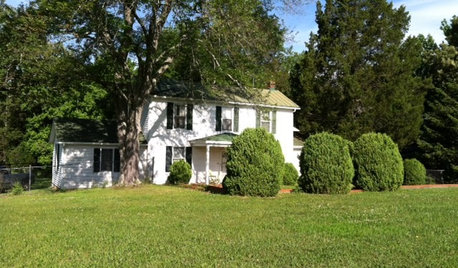
LIFETime Travel to Houzzers' Childhood Homes, Part 3
See postwar homes built by family members, rural farmsteads, cold-water flats and much more
Full Story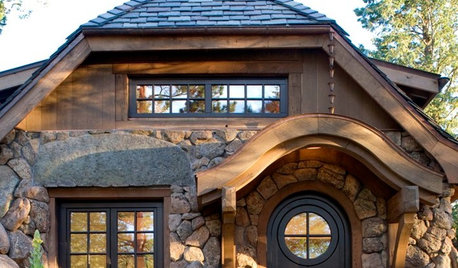
HOUZZ TOURSDiscover a Hobbit House Fit for Bilbo Baggins
Part art studio, part guesthouse and all charm, this imaginative Colorado cottage looks like it grew right out of the earth
Full Story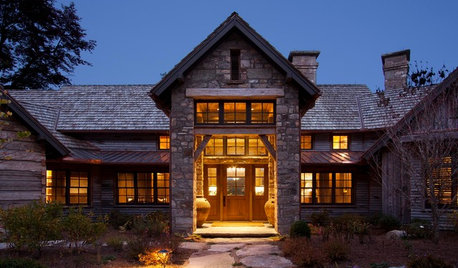
RUSTIC STYLEOld Southern Highlands Style for a New North Carolina Retreat
Antique woods add a sense of history to a gracious part-time home in the Blue Ridge Mountains
Full Story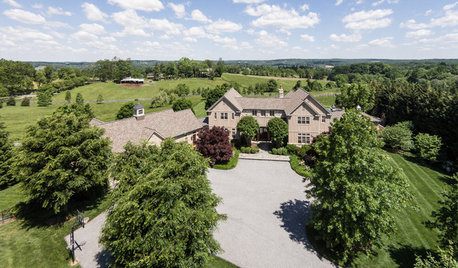
HOME TECHThe Inevitable Future of Drones Around Your Home
As Google joins the push for airborne deliveries, it seems only a matter of time before neighborhoods are buzzing with drones. Is that OK?
Full Story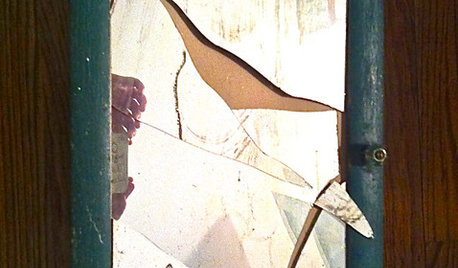
LIFEDo You Believe in Luck Around the House?
Broken mirrors, spilled salt, an unavoidable ladder — superstitions don't seem to affect this homeowner. Knock wood
Full Story
MOST POPULAR25 of the Most Popular Homes on Houzz
‘Small,’ ‘charming’ and ‘efficient’ seem to describe some of the most viewed home tours featured on Houzz
Full Story
COLORPick-a-Paint Help: How to Quit Procrastinating on Color Choice
If you're up to your ears in paint chips but no further to pinning down a hue, our new 3-part series is for you
Full Story





morz8 - Washington Coast
mainegrower
Related Professionals
Eden Prairie Landscape Architects & Landscape Designers · Middle River Landscape Architects & Landscape Designers · Willowick Landscape Architects & Landscape Designers · Brockton Landscape Contractors · Columbine Landscape Contractors · Concord Landscape Contractors · Cordele Landscape Contractors · Elmhurst Landscape Contractors · Emmaus Landscape Contractors · Fair Oaks Landscape Contractors · Fort Atkinson Landscape Contractors · Galveston Landscape Contractors · Melrose Park Landscape Contractors · Ocoee Landscape Contractors · Greenfield Landscape ContractorsMLauOriginal Author
MLauOriginal Author
MLauOriginal Author
morz8 - Washington Coast
mainegrower
earthworm
rhodyman
donnaroe
rhodyman
mainegrower
donnaroe
rhodyman
MLauOriginal Author